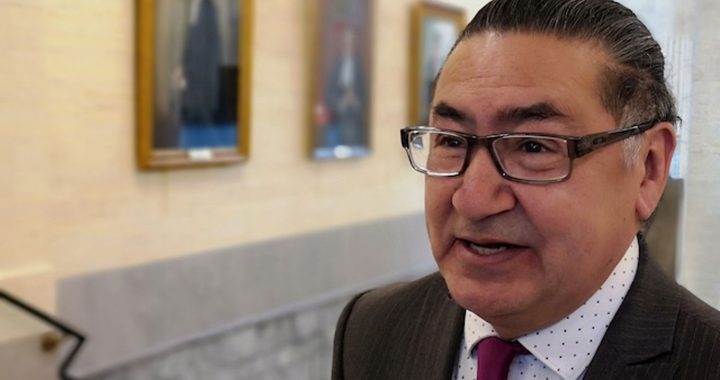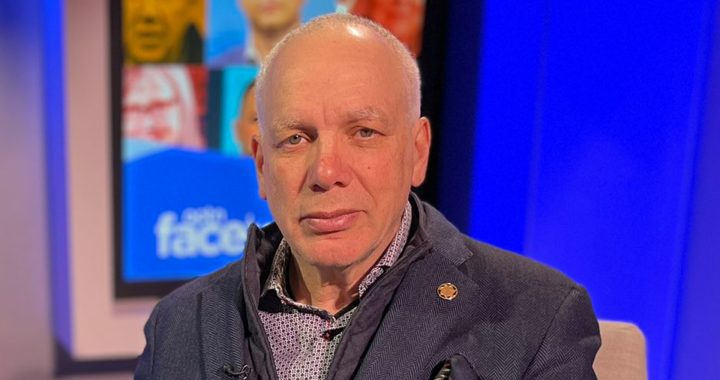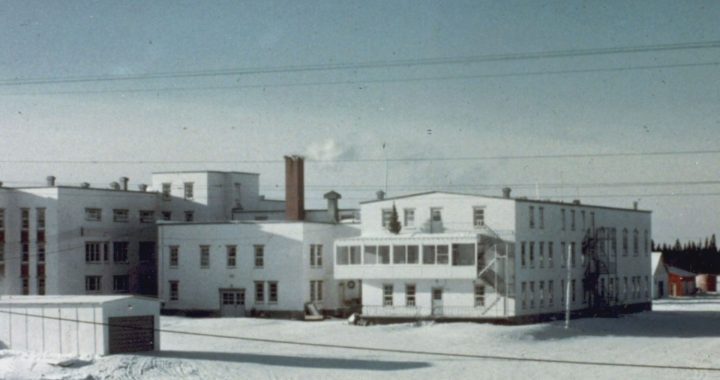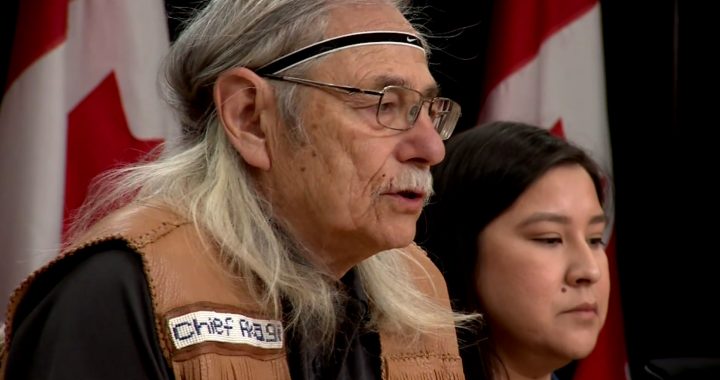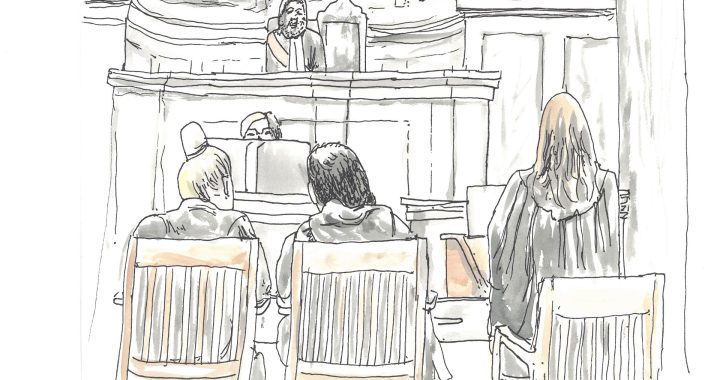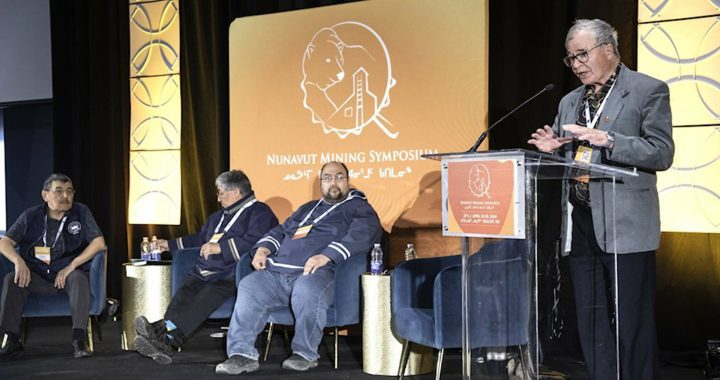In the wake of massive layoffs and the shuttering of radio stations across the country, many have been wondering about the future of radio. But some local stations, like K103.7 in the province of Quebec continue to thrive.
Paul Graif has been working at K103.7 in Kahnawake since 2010 and became the news director in 2014. He says that the Kanien’kehá:ka radio station is “massively” important to the community.
“Radio stations are the lifeblood of the community that they serve. And what makes them successful and what has always been the hallmark of radio stations is connecting with the audience, and to connect with the audience, you have to be local,” Graif said.
The news director, who previously worked as a broadcaster for different mainstream media outlets in Quebec, said that the widespread closures are not only bad for the news and broadcasting industry but also for the public.
“We lead local. And that is so important because people have a thirst for what’s going on here. What did their kid or grandkid or nephew or cousin do in their sporting event last night.” he said to APTN News.
“We have our daily talk show, which is really important because I would say that 60 or 70 per cent of the time is just about people in Kahnawake who are doing well or of the events that they are holding that are of importance to the people in town.”
But K103 does more than just connect community members. Part of its mission is to keep people informed about news that they need to know.
During the COVID-19 pandemic, the K103.7 made the decision to bring in the Kahnawake Task Force, who was mandated to oversee the public health response by the Mohawk Council of Kahnawake.
“In order to get the message out, we had them on every morning, asking them the tough questions,” Graif said. “And we were constantly and continuously getting questions from the community sent to me as I was doing these interviews, and they were very stressful.”
The station also provides service status when community members lose power or when roads are closed due to construction work.
The station also plays an integral role in language revitalization and has been broadcasting a show in Kanien’kéha since 1981, which continues to be one of K103’s most popular shows.
Moreover, according to Joe Delaronde, the chairperson of K103’s board of directors, another core goal of the station is to give back to the community.
“Over the years, we have had radiothons for various organizations,” said Delaronde, who was one of the first employees hired at the station when it hit the airwaves in 1981.
“We raised $1.5 million to get a brand-new fire truck. A few years ago, we put a new roof on the Step by Step (Child and Family Center), a new facility at the Kahnawake Youth Center’s expansion and raised $200,000 for that.”
Over in Kanesatake, a few community members took it upon themselves in 2018 to revive their defunct local radio station that first started broadcasting in 1987.
Because of his technical background in broadcast, Karahkóhare Syd Gaspé spearheaded Reviving Kanesatake Radio (RKR) and in 2020, the team was able to build and erect their own radio tower.
They are currently fundraising to eventually construct a building in the community that will permanently house RKR. All of these efforts were made with the ultimate goal of revitalizing the Mohawk language and culture.
“Our role today is much more important because we really need to revitalize our language and have our language heard, and because there are so little amount of speakers left in Kanesatake, it is not very common that you will hear the language being spoken,” Gaspé said in an interview with APTN.
Additionally, Gaspé said that through RKR, neighbouring communities have the opportunity to learn about life in Kanesatake.
“For the communities around Montreal – because we are really close to Montreal, they know there are Mohawk around, but what is their language? Just turn on the radio and maybe you can hear it and identify that language,” he said.




